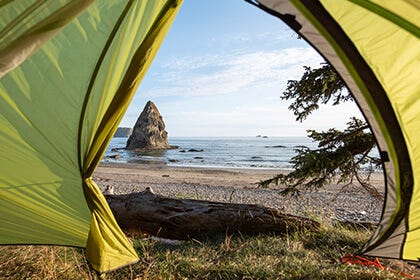
Local Storage seems to be disabled in your browser.
For the best experience on our site, be sure to turn on Local Storage in your browser.
Local Storage seems to be disabled in your browser.
For the best experience on our site, be sure to turn on Local Storage in your browser.
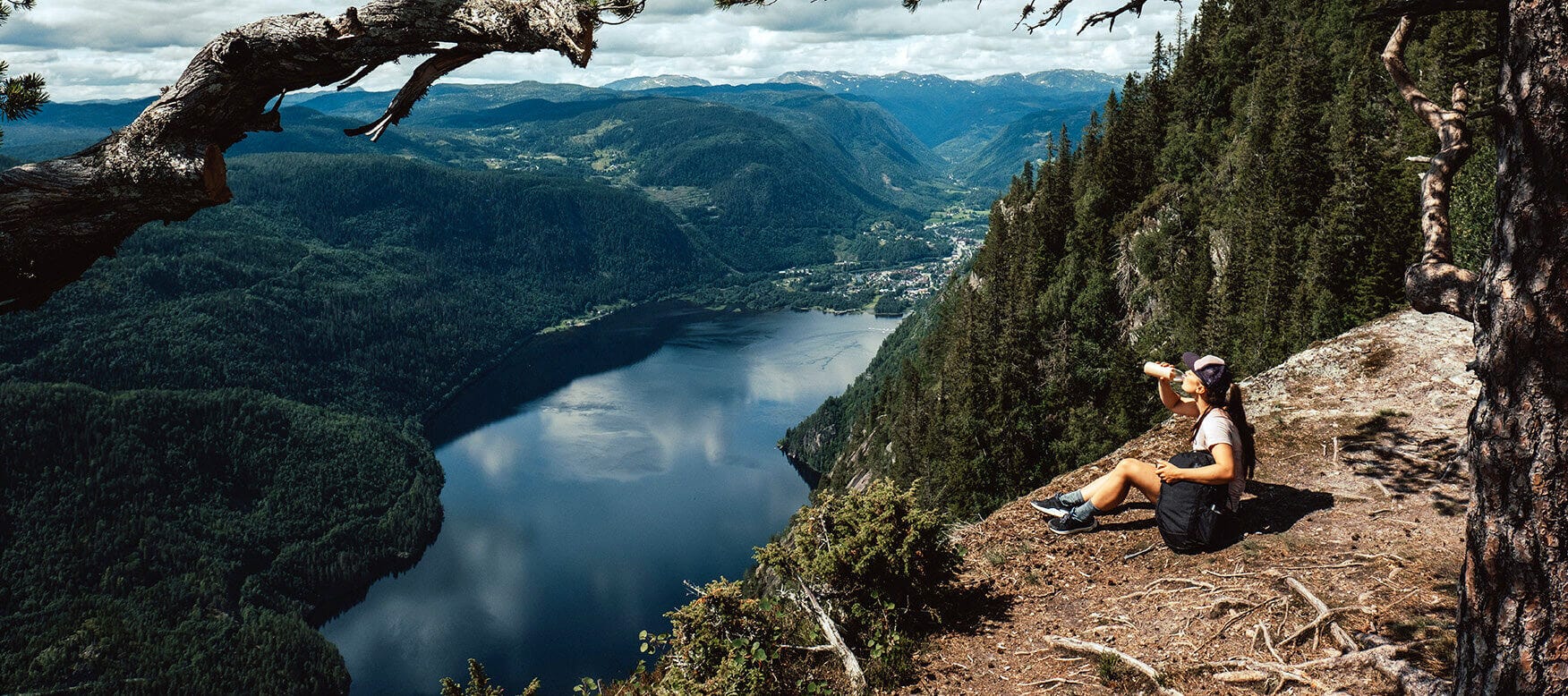
April 02, 2024
10 min read
In Henrik Ibsen's poem On the Heights (1859), the word friluftsliv is used for the first time in a published text. Here, we follow a young farmer with a dilemma: should he take over his father's farm or live the free life of a hunter in the mountains? He chooses the latter.
Since then, the definition of friluftsliv has been hotly contested, but we won't go into the semantics here. As a Norwegian outdoor brand with a heritage nearly as old as Ibsen's poem, we wanted to give a sense of what friluftsliv is and explore why it still matters.
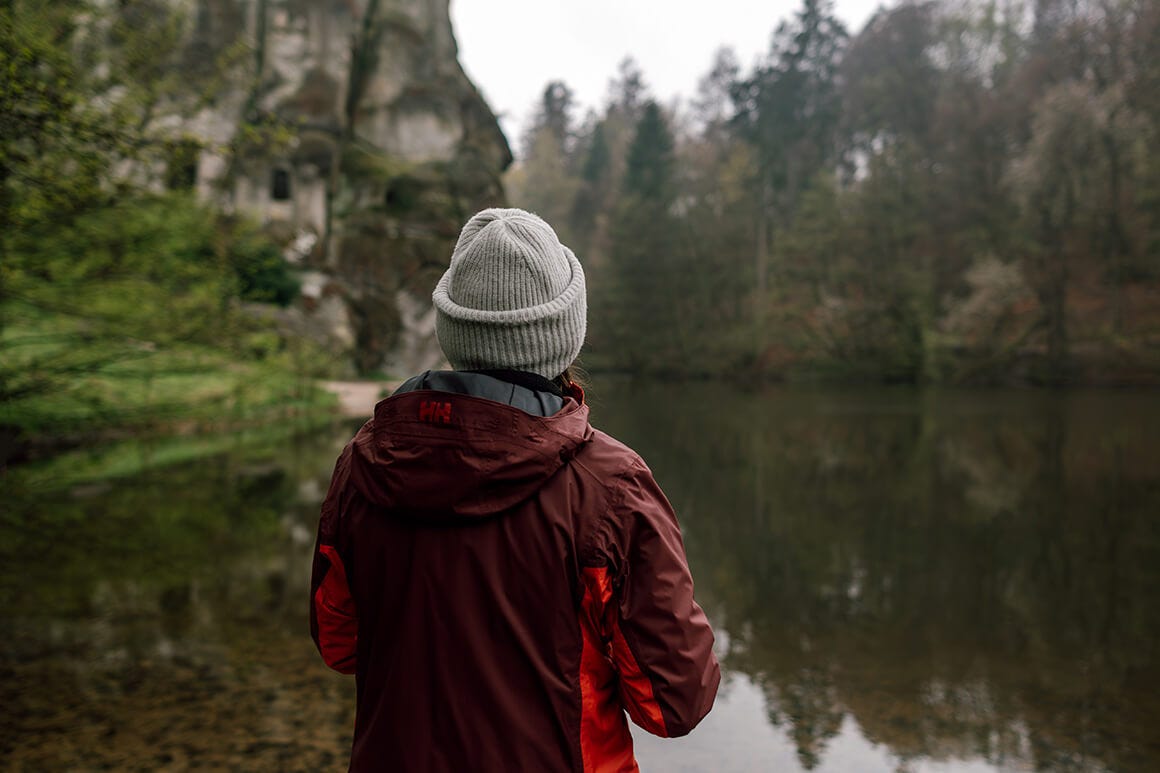
Friluftsliv (pronounced free-lufts-leev) is a Norwegian concept that can be translated to "open-air living," "life in the outdoors," or "free-air life." It represents a cultural and philosophical approach to nature deeply rooted in Scandinavian culture, particularly in Norway.
Friluftsliv can mean hiking along a river with crystal-clear water that sparkles in the sun. It can mean sitting in your local park while observing the trees or landscape and letting your mind wander. It can mean camping with your kids at the shore of a lake, strolling through a nearby patch of forest, or simply getting outside for a breath of fresh air. In Norway, friluftsliv is ingrained from a young age when kids are brought outside to play in preschool, no matter the weather or season of the year.
In essence, friluftsliv has nothing to do with conquering a new summit or chasing the next adrenaline rush. Rather, it is a means to facilitate connectedness to nature through a lifestyle that embraces being outdoors; not meaning that you have to be in nature all the time, but being able to be fully there when you're there.
For those who practice it, consciously or unconsciously, it is a way of letting nature provide mindfulness, reflection, and calm. This is something people do all over the world and have been doing for a long time (Mount Etna on Sicily was supposedly summited for fun around the year 200 A.D.); it just happens to be that friluftsliv has become a term of its own in Scandinavia, and especially in Norway, where cultural and political movements laid the groundwork for a unique way of embracing the great outdoors while building friluftsliv as an integral part of the country's socio-cultural heritage.
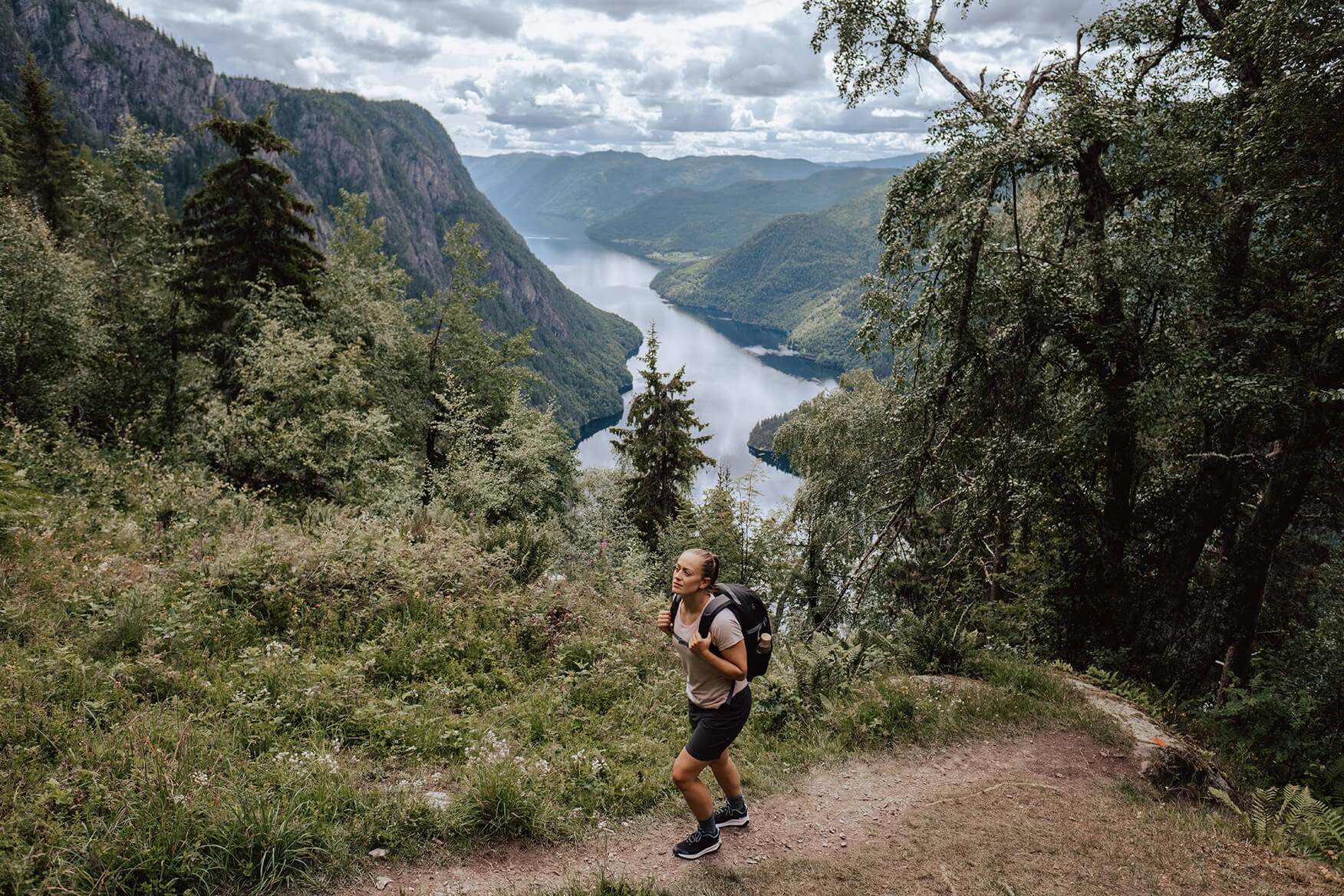
In the old days, people spent much time outdoors as hunters, fishers, or farmers. As industrialization and urbanization reached Scandinavia in the 19th century, a romantic "back-to-nature" movement swept the cities. In response, the world's first tourist organizations were developed to facilitate more accessible access to nature for urban dwellers. The Norwegian Trekking Association (DNT) was established in 1868, followed by a Swedish organization in 1885 (Fun fact: Helly Hansen was established in between, in 1877).
To begin with, friluftsliv was dominated by the upper classes who had the means and time to leave the city to explore the outdoors. Visiting British mountaineers laid the foundations of Norwegian alpinism. Then came the era of the great explorers, with Fritjof Nansen and Roald Amundsen leading the way, fueled by national-romantic forces and nation-building at the end of the Swedish-Norwegian Union (Nansen became an early inspiration and model for the Norwegian idea of friluftsliv). Eventually, increased rights and disposable time for the working class meant more and more people had time to spare for healthy recreation in nature.
In many ways, Allemannsretten (the Outdoor Recreation Act) from 1957 constitutes the backbone of today's friluftsliv in Norway. The law establishes the freedom to roam (or fish or set up your tent) almost anywhere, even on private property, as long as you follow specific guidelines and respect your surroundings. The foundation for Allemannsretten stems from Landsloven (1274), a law celebrating its 750th anniversary in 2024 and one of the first examples of national legislation from a central authority in Europe.
The Norwegian government re-emphasized the importance of friluftsliv in 2016 when it passed measures to "preserve outdoor activities as a living and central part of Norwegian cultural heritage and national identity and as an important source of higher quality of life and better health for everyone." Essentially, it's about making nature accessible and encouraging outdoor activities. In 2025, the organization Norsk Friluftsliv (The Norwegian Association for Outdoor Organisations) will arrange the Year of Friluftsliv to create enthusiasm for a nature-friendly outdoor life (it’s celebrated every decade, and this will be the 4th time).
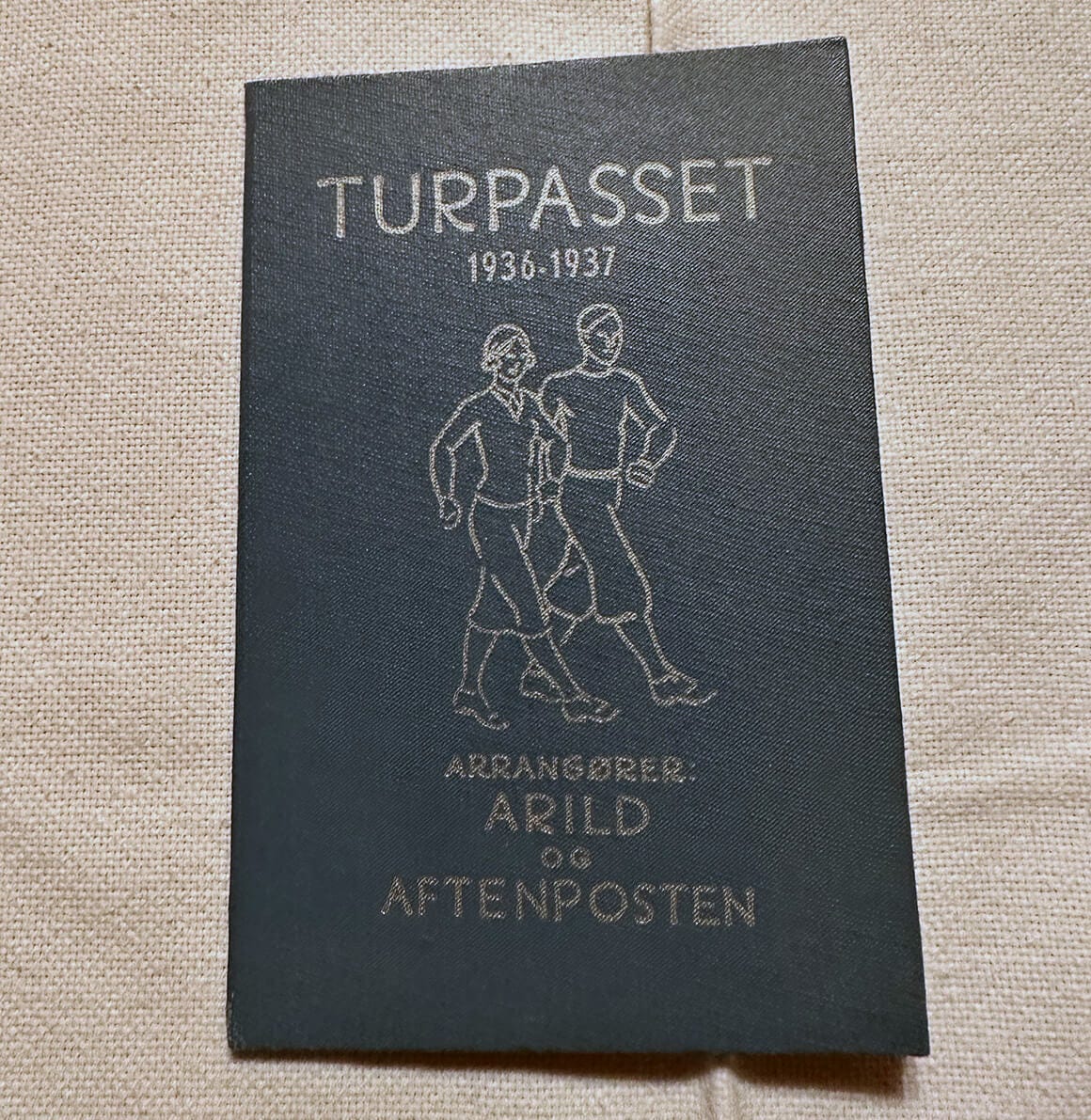
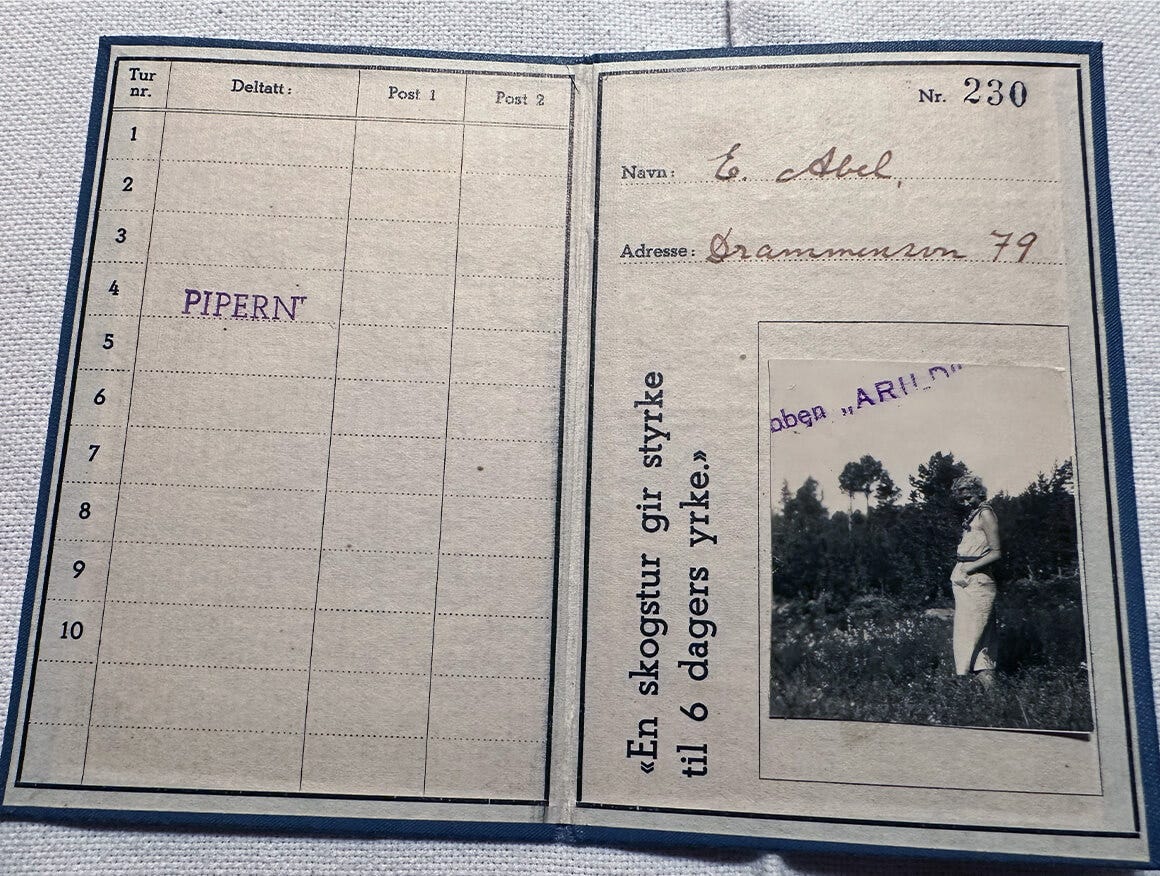
The roots of friluftsliv can be traced back to Jean-Jacques Rousseau's unfinished book The Reveries of the Solitary Walker (1776–78), where he pays tribute to the art of wandering and the lifestyle of mountain dwellers in the Alps who lived in close contact with nature. In the U.S., Henry David Thoreau, deeply inspired by Rousseau's thoughts on walking and nature, published Walden in 1854. Here, he describes a year of living by simple means, closely connected with nature.
In Norway, the mountaineers and philosophers Peter Wessel Zapffe and Arne Næss went on to shape what was to become a distinct way of thinking about our relationship with nature and how we spend time outdoors. Especially the deep ecology philosophy of Næss has been a significant influence, and one of his core concepts is that deep experiences of nature ultimately lead to a deep commitment to nature.
The Norwegian tradition of friluftsliv emphasizes the intrinsic value of free nature and human beings based on the importance of learning by being outdoors. Even if nature is immediately or intuitively understandable, we need to experience it ourselves while being fully present in the moment—only then can we discover nature's secrets and rhythm and experience the magical moments it offers to those who are present and aware.
Friluftsliv is a journey where you learn from nature along the way. The motivation can be to experience nature's peace, escape the stress of everyday life, and spend quality time alone or with friends and family. The result can be a deeper understanding of both nature and yourself. As Albert Einstein said: "Look deep into nature, and then you will understand everything better."
Einstein didn't have the concept of friluftsliv in mind, but his quote points to a central theme within it: being in nature with a present and aware mind lets us use our intuition and instincts for pattern recognition. It can lead to a feeling of harmony. After all, the human brain and senses were developed in a natural habitat of fractal structures.
In many ways, friluftsliv is a way to interact with nature through open senses and becoming absorbed in the rhythms of the more-than-human world. However, modern urban life dulls our natural senses, and we need training to sharpen them.
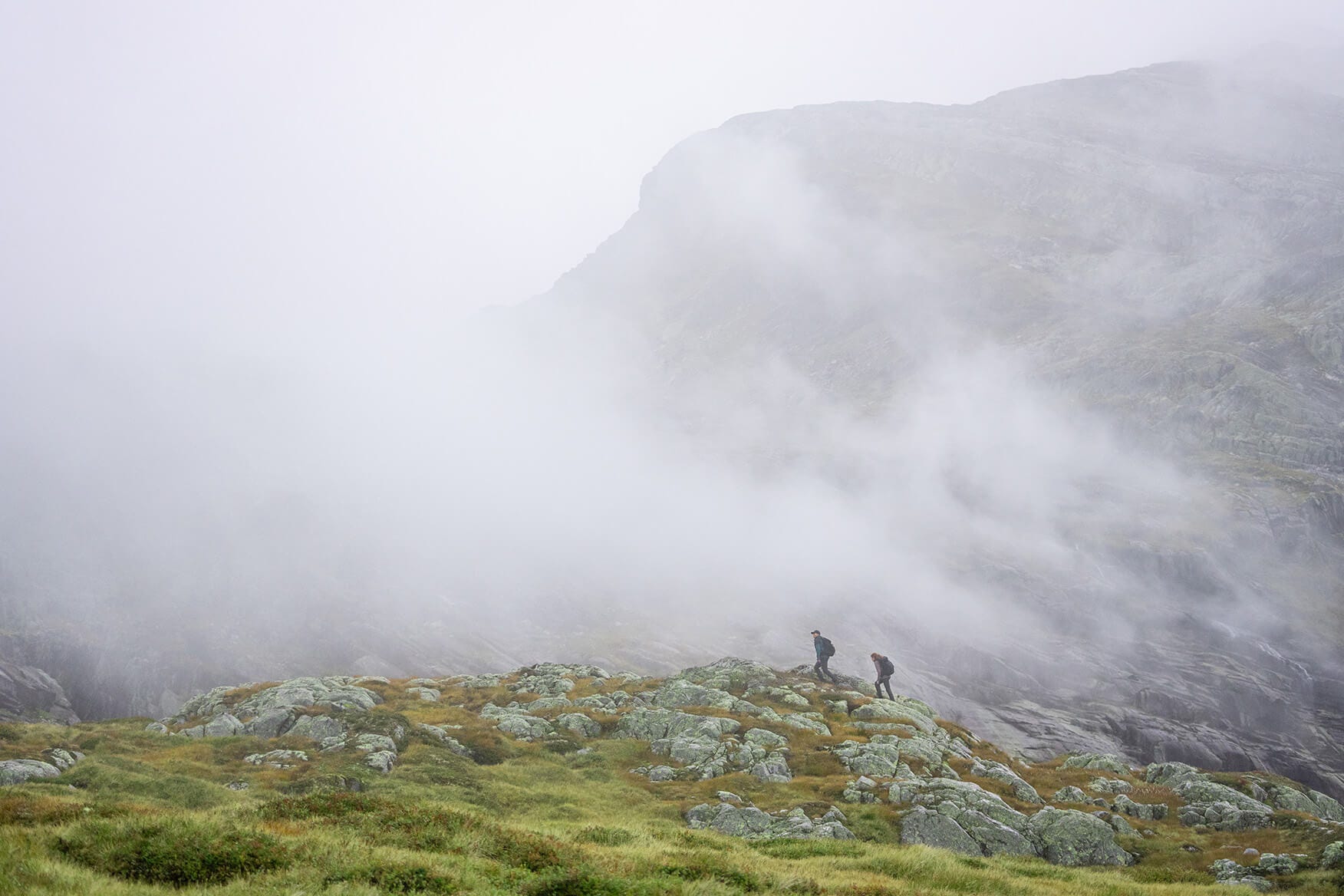
They say that Norwegians are born with skis on their feet. This is an exaggeration, and two significant incidents showed that even Norwegians need guidance on how to spend time in the mountains. Both happened during Easter, a time when Norwegians traditionally flock to the mountains to go skiing with families and friends.
During the Easter Holiday in 1950, multiple accidents in the mountains led to the creation of The Mountain Code by The Norwegian Trekking Association and the Norwegian Red Cross. Then, the "Disaster Easter" of 1967, where 17 people died in the mountains due to foul weather and a lack of appropriate gear and planning, triggered a heightened awareness around safety in the mountains.
Nils Petter Faarlund, a climbing partner and friend of Arne Næss, established Norges Høgfjellsskole (The Norwegian School of Mountaineering) in 1967. He went on to develop outdoor recreation, or friluftsliv, as an academic field at the Norwegian School of Sport Sciences, and he was highly skeptical of the rule-bound Mountain Code. His approach was one of learning by being outdoors and staying safe by balancing risk according to your abilities.
Faarlund became a pioneer of the Norwegian friluftsliv tradition and a proponent of practicing friluftsliv by simple means, inspired by the ecophilosophy of Arne Næss. One of Faarlund's key messages to hundreds of friluftsliv students at his school throughout the years is that you should "journey according to ability." It implies that we should operate within a margin of safety, and as he says: "Danger is not dangerous for the one who treads with caution."
The advice applies to novices and experts alike. You must learn about potential risks, how to assess them, and how to deal with them in real-time situations. The best way to do so is by being outdoors and learning it step-by-step along the way, gradually teaching yourself how to act and react.
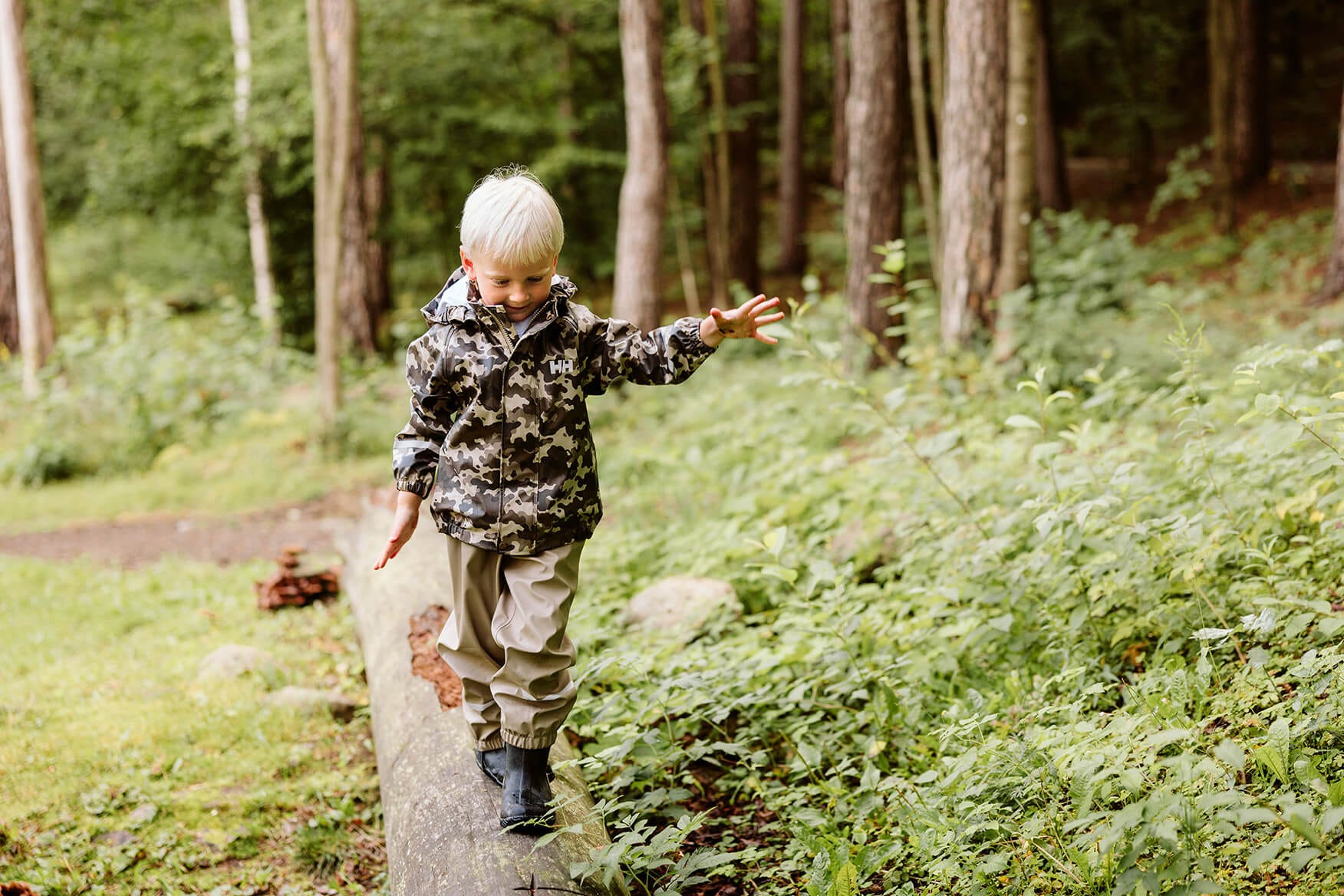
Surveys show that 9 out of 10 Norwegians engage in friluftsliv throughout the year. The frequency and type of activity vary a lot. Still, the answers show that the most accessible activities are the most popular: walking (adults) or playing (kids) in nearby natural and recreational areas, preferably closer than 500 meters from home.
Further, 4 out of 5 go for a hike in the forest or mountain at least once a year. And when looking at why people do it, we're getting into the core of friluftsliv: Many are seeking nature's "mystique" or "magic," and a majority appreciate the silence of nature.
So what are the benefits of this?
Whether you go for a short hike in the local forest or a multi-day expedition in the wilderness, just being out there can lead to stress relief and a feeling of meaning and happiness. It is no coincidence that the key benefits usually mentioned are improved mental and physical health, enhanced connection with nature, and increased happiness and well-being.
Anyone who has seen kids sled for hours on a nearby hill has gotten a glimpse into the potential joys and benefits of friluftsliv, come rain or shine or snow. As we say in Norway, there is no bad weather, only bad clothes.
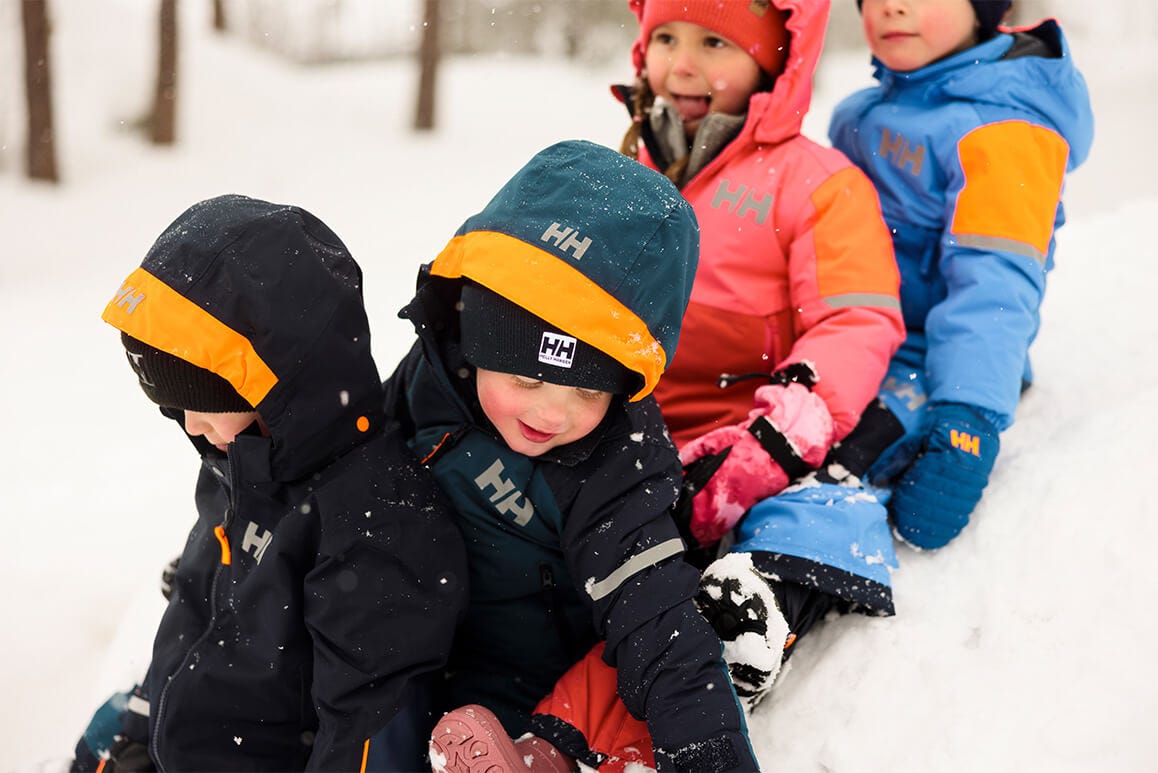
Many are discouraged from venturing into nature by a fear that they lack the necessary skills and equipment. This fear is well-founded for some activities and types of terrain, but practicing friluftsliv does not mean you have to participate in skilled activities requiring a ton of equipment in harsh conditions. If you have a pair of shoes, pants, and a T-shirt, you are ready to go if the weather isn't too bad and you have a nearby field or forest to seek out.
From here, the opportunities are endless. It's all about connectedness and participation, about an unconditional encounter with nature and being in the moment. Maybe next time, you venture up the nearest hill, this time with a rain jacket in hand if the clouds are darkening on the horizon.
A helping factor when trying to embrace friluftsliv in everyday life is to build routines and rituals. You must find a balance between work and the outdoors. A short, daily walk may be the only feasible activity. Then, if you keep that up, the vacation finally arrives, and you might feel ready to go camping for the first time.
When you start venturing further, remember that it's never a bad idea to turn around if you don't feel like continuing, whether that is a result of fatigue or worsening conditions. As they say, the journey is the goal; the summit will always be there next time. And it's never, ever wrong to ask an expert or a local for advice.
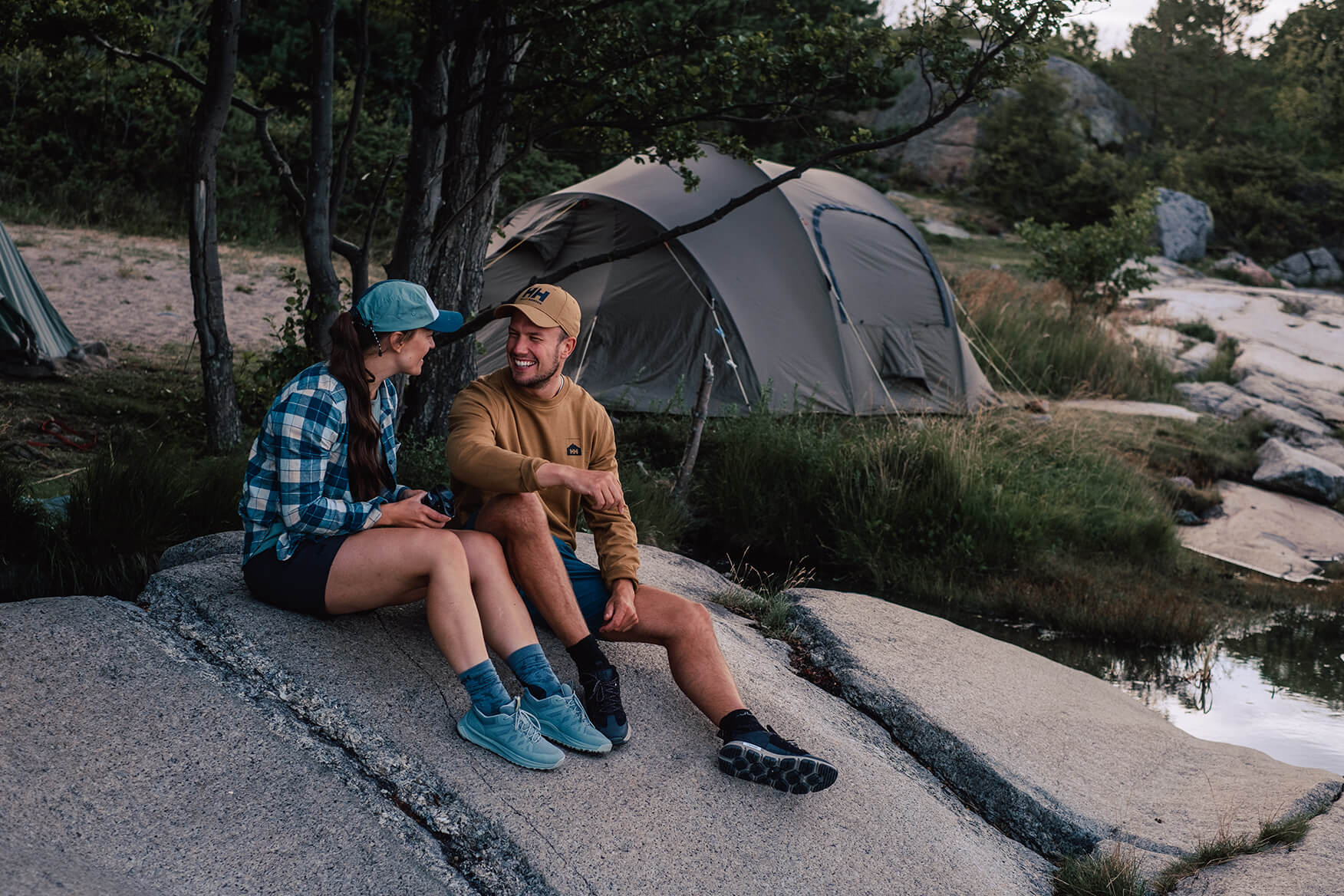
As you spend more time outdoors, you gain experience and might build up an appetite for exploring new areas and activities. With this comes a responsibility to make sure you have the proper knowledge and gear. If you venture into the mountains, conditions can change rapidly, and being prepared is vital.
Here, we've made a few guides to help you plan:
Friluftsliv clothing
How to Dress for the Outdoors | The 3-Layer System | Helly Hansen
What you need to know about base layers | Helly Hansen
How to Choose a Midlayer | Helly Hansen
Friluftsliv tips & tricks
How to pack a backpack for hiking | Helly Hansen
How to Pack for a 3-Day Hike (or more!) | Helly Hansen
Hiking With Kids | Helly Hansen
The Mountain Code | Helly Hansen
Favorite trails
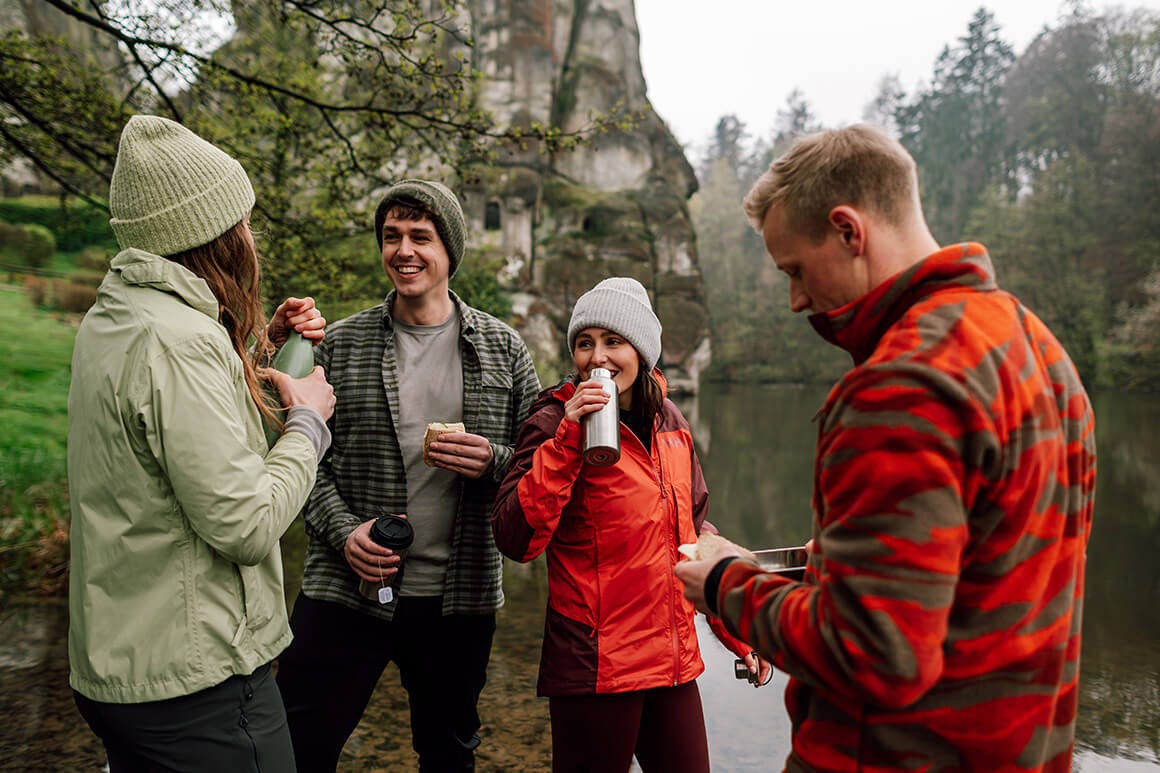
One of the critical debates of the last decades is accessibility to nature. As more and more people visit scenic places in the wild, the pressure on nature increases. Wildlife and flora suffer, peace becomes a rare commodity, and the wild is suddenly not so wild anymore. Conflicts of interest arise: wild reindeer vs. the cabin developer, the solitary hiker vs. the trail biker, the snowmobiler vs. the skier, and so on.
A crucial part of friluftsliv is to treat nature with respect. We are in the midst of a natural crisis where more and more areas are under pressure, and everyone must make sure we act accordingly. Even if The Leave No Trace principles are gaining traction among more and more hikers, many outdoor operators are promoting eco-friendly trips, and there is increased awareness around responsible outdoor practices, there is still a long ways to go.
The paradox is that to gain increased support for natural preservation, nature must be accessible so people can learn to appreciate it and become proponents of a nature-friendly outdoor life.
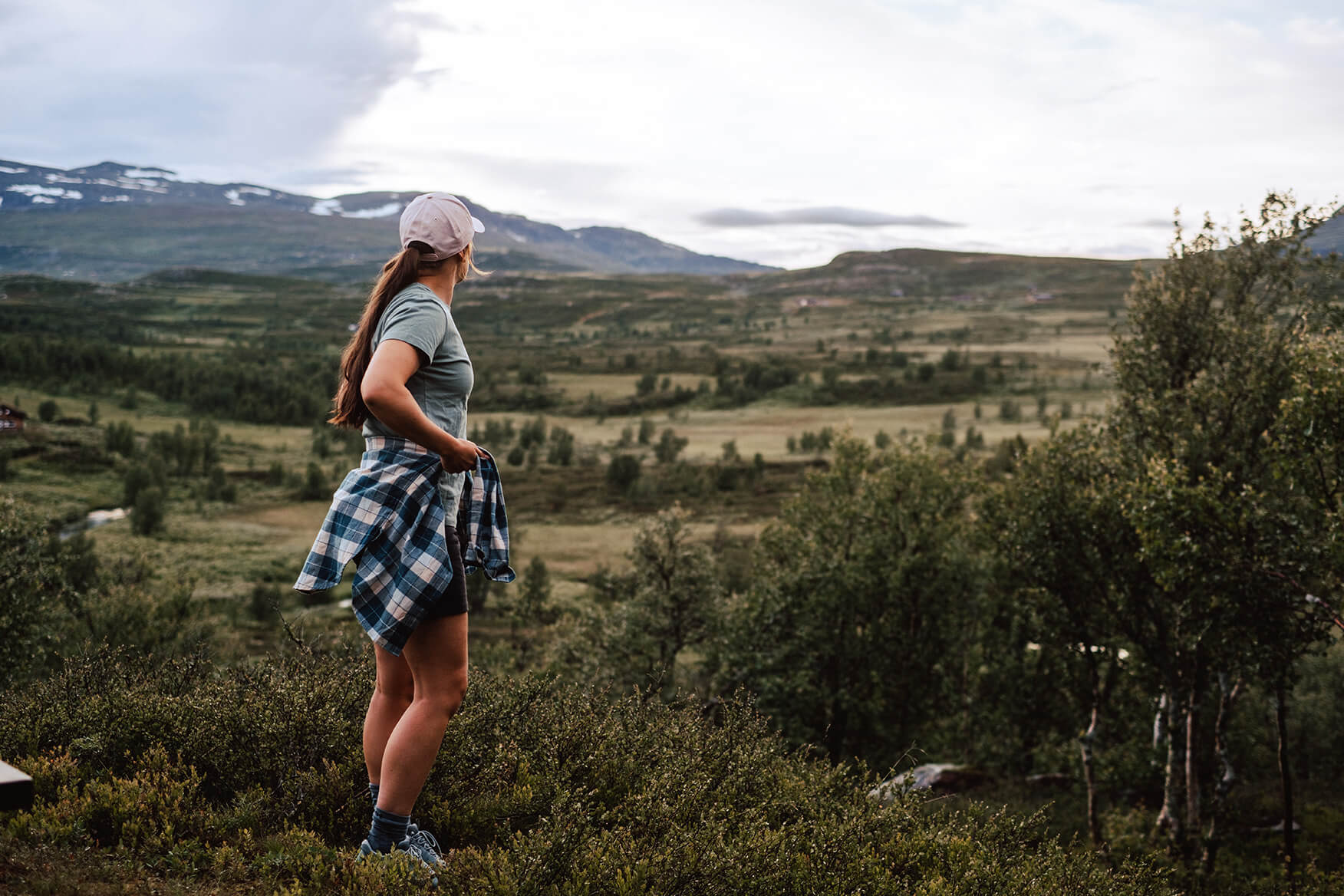
Sources:
Faarlund, Nils. Friluftsliv – En dannelsesreise. (3rd ed.) Ljå Forlag, 2018.
Nansen, Fridtjof. Friluftsliv – Blad av dagboka (audiobook). Cappelen Damm, 2022.
Thoreau, Henry David. Walden; or, Life in the Woods. Dover Publications, Inc., 1995.
Zapffe, Peter Wessel. Barske Glæder. Cappelen Damm, 2012.


June 11, 2024 3 min read
Sharon Birchfield, a seasoned guide with Mountain Madness, shares her insights on the true essence of mountain guiding.
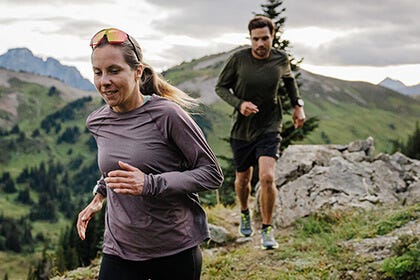
June 06, 2024 2 min read
Professional endurance athlete Caroline Côté shares her insights on the mental and physical aspects of trail running.